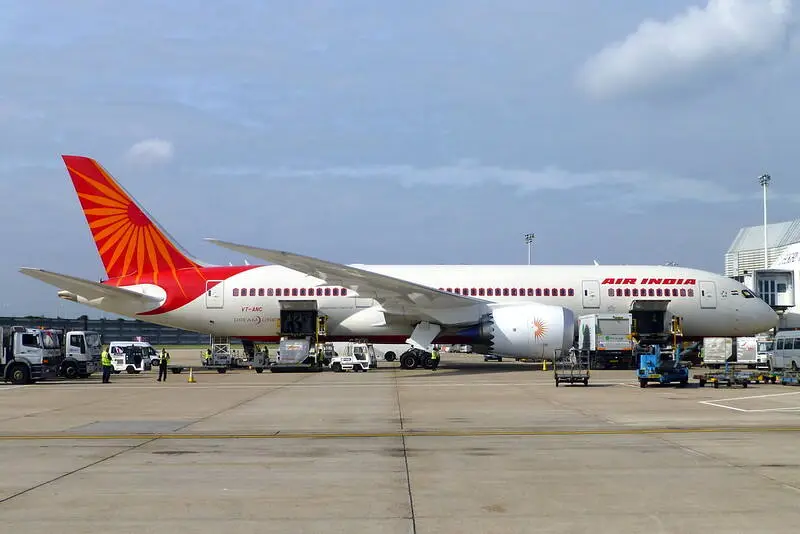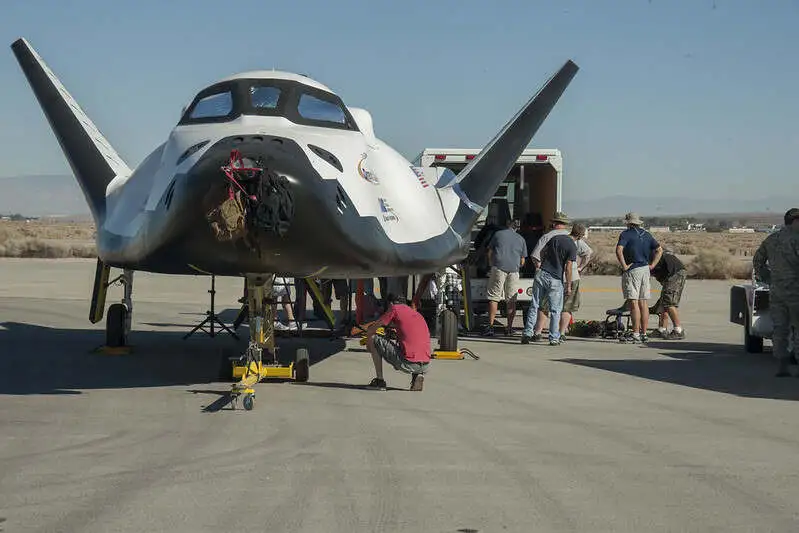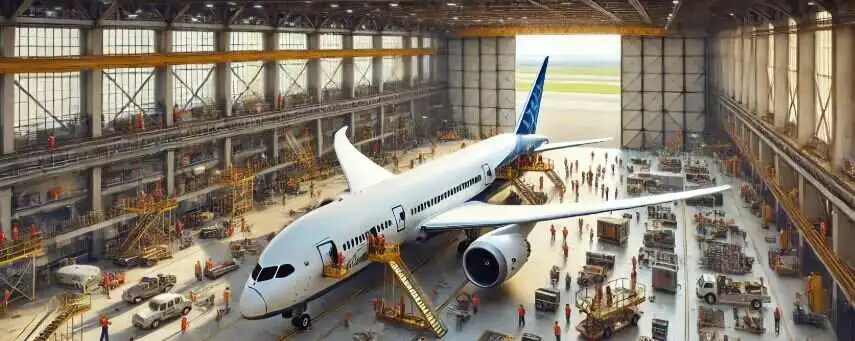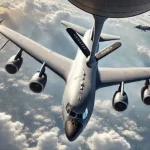When it comes to keeping aircraft in optimal condition, two primary types of maintenance are carried out: Line Maintenance and Base Maintenance. Each serves a different purpose and is conducted under specific circumstances to ensure the aircraft’s safety and reliability. Additionally, progressive maintenance programs offer key benefits that enhance the efficiency and effectiveness of these processes. Let’s learn them in more details!
What is Aircraft Line Maintenance?

Line maintenance refers to limited, on-the-spot maintenance performed while the aircraft is in operation. This maintenance is typically carried out between flights and is designed to address immediate issues that don’t require extensive downtime.
Key tasks involved in line maintenance include:
- Troubleshooting: Identifying and resolving minor technical issues quickly.
- Defect Rectification: Fixing defects or malfunctions as they are discovered.
- Component Replacement: Replacing components such as engines, propellers, and other parts with the help of external testing equipment if necessary.
- Visual Inspections: Conducting basic checks for visible discrepancies or malfunctions using access panels, doors, and ports.
- Minor Repairs and Modifications: Performing small fixes and modifications that don’t require major disassembly or equipment.
Essentially, line maintenance helps ensure the aircraft remains in good working order during daily operations without major disruptions to its schedule.
What is Aircraft Base Maintenance?

Base maintenance refers to more extensive maintenance work that takes place at a base or hangar. This type of maintenance is usually more involved, requiring longer periods of time and specialized equipment. It often involves more thorough inspections, repairs, and overhauls that cannot be completed while the aircraft is in operation.
Examples of base maintenance activities include:
- Overhaul of engines and other major components.
- Detailed structural inspections.
- Deep maintenance checks that require significant disassembly of parts or systems.
Aircraft Line Maintenance versus Base Maintenance
Here’s a clear tabular comparison of Aircraft Line Maintenance versus Base Maintenance:
| Aspect | Line Maintenance | Base Maintenance |
| Definition | Routine, short-term maintenance performed on aircraft between flights. | Comprehensive, long-term maintenance that involves detailed inspections and repairs. |
| Location | Performed at airports or on the tarmac. | Conducted in specialized hangars or maintenance facilities. |
| Frequency | Daily or per flight cycle. | Scheduled less frequently, typically after a specific number of flight hours or calendar time. |
| Duration | Short duration, ranging from minutes to a few hours. | Can last several days to weeks. |
| Scope of Work | Includes pre-flight checks, minor repairs, fluid refills, and troubleshooting. | Includes deep inspections, major repairs, component replacements, and overhauls. |
| Tools and Equipment | Limited tools and portable equipment for quick fixes. | Extensive tools, heavy machinery, and specialized diagnostic equipment. |
| Skill Requirement | General maintenance knowledge; often carried out by line mechanics. | High expertise required; typically involves engineers and specialized technicians. |
| Regulatory Requirement | Mandatory for immediate airworthiness; ensures flight readiness. | Mandatory for long-term airworthiness and regulatory compliance. |
| Examples | Tire pressure checks, refueling, light bulb replacement, lavatory servicing. | Structural repairs, engine overhauls, avionics system upgrades, C-checks, and D-checks. |
| Importance | Ensures immediate safety and operational readiness. | Ensures long-term reliability, compliance, and aircraft life extension. |
This table highlights the fundamental differences and the complementary roles of line and base maintenance in ensuring the safety, reliability, and longevity of aircraft.
How Do Organizations Decide Between Line and Base Maintenance?
Organizations maintaining aircraft need clear procedures to determine whether a specific task falls under line maintenance or base maintenance. Normally, several factors influence a task to be listed as line maintenance or base maintenance task, such as:
- Duration of the task: Shorter tasks may be suitable for line maintenance, while longer tasks typically require base maintenance.
- Type of task: Simple fixes or inspections are usually handled in line maintenance, while more complex repairs require base maintenance.
- Shifts and disciplines involved: Tasks requiring specialized knowledge or multiple technicians might be better suited for base maintenance.
For special cases, organizations may also have procedures that allow base maintenance tasks to be conducted in a line maintenance environment, provided the conditions are safe and appropriate for the task at hand.
Aircraft Progressive Maintenance Programs
A progressive maintenance program is designed to gradually address the maintenance needs of an aircraft over time, rather than performing all checks and repairs at once. This approach offers several key benefits:
- Improved Aircraft Availability: Since maintenance is scheduled incrementally, aircraft can remain operational for longer periods, reducing downtime.
- Enhanced Safety: Progressive programs allow for more frequent inspections and repairs, which can help identify potential issues early, before they become major problems.
- Cost Efficiency: By spreading maintenance tasks over time, operators can avoid the high costs associated with large-scale overhauls and unscheduled maintenance.
- Better Planning and Resource Management: Progressive programs help organizations plan maintenance tasks more effectively, ensuring that the necessary resources, such as specialized personnel and equipment, are available when needed.
- Customized Maintenance Schedule: Maintenance tasks can be tailored to the specific needs and usage patterns of an aircraft, ensuring that each component receives the attention it requires at the right time.
- Compliance with Regulations: Aircraft under progressive maintenance programs are typically better able to meet regulatory standards, as the tasks are completed on time and in compliance with industry guidelines.
Maintenance under Progressive Programs
Aircraft that follow progressive or equalized maintenance programs require careful planning to ensure all maintenance tasks are carried out effectively. These tasks must be individually assessed to ensure they can be safely and thoroughly completed in the designated maintenance environment. This is particularly important for line maintenance stations, where the available tools and time may limit the depth of inspections.
Progressive maintenance programs must be approved by aviation authorities like the local aviation authority, FAA or EASA, and operators must follow the program’s detailed guidelines to ensure compliance and safety.
Licenses Required for Line and Base Maintenance personnel

Aircraft maintenance is a highly regulated industry, and working in line or base maintenance requires specific qualifications and licenses to ensure safety, compliance, and proficiency. The required licenses typically depend on the region, the type of aircraft, and the specific tasks being performed. Below are the common licenses required for both line and base maintenance:
1. Part-66 Aircraft Maintenance License (AML)
The Part-66 Aircraft Maintenance License (AML) is a widely recognized qualification for aircraft maintenance engineers and technicians. It is required in regions that follow the European Union Aviation Safety Agency (EASA) or the International Civil Aviation Organization (ICAO) standards. The license is issued in categories that correspond to different types of aircraft and systems.
- Category A: For basic line maintenance tasks, including inspections and minor repairs. This is often the entry-level qualification for technicians.
- Category B: For more complex tasks, such as troubleshooting and defect rectification, and can include both line and base maintenance activities.
- Category C: For base maintenance engineers, who are authorized to carry out extensive overhauls and inspections, often requiring a higher level of responsibility and experience.
- Category B1: Specific to mechanical systems, such as engines and airframes.
- Category B2: Specific to avionics and electrical systems.
- Category B3: For light aircraft maintenance.
2. FAA Aircraft Maintenance Technician (AMT) Certificate (United States)
In the United States, the Federal Aviation Administration (FAA) issues the Aircraft Maintenance Technician (AMT) certificate. This certificate is required for individuals who work on aircraft and their components.
- Airframe and Powerplant (A&P) Certificate: This certificate is the most common license for aircraft maintenance technicians in the U.S. It allows technicians to work on both the airframe (structure) and the powerplant (engines). It is typically required for line maintenance tasks and may also be applicable for base maintenance, depending on the nature of the work.
3. Civil Aviation Authority (CAA) Licenses (Various Countries)
Each country has its own aviation authority that issues licenses for aircraft maintenance. For example:
- UK CAA (Civil Aviation Authority) issues licenses similar to the EASA Part-66 system.
- Australia CASA (Civil Aviation Safety Authority) also follows a licensing structure similar to Part-66 and offers licenses for different categories of aircraft maintenance engineers.
4. Type Rating (Type Certificates)
A type rating is a specialized certification that allows a maintenance technician to work on specific types of aircraft, such as Boeing 737, Airbus A320, or other models. Technicians must receive training on the specific aircraft type and pass tests to be certified to perform maintenance on that aircraft.
- Type Rating for Line Maintenance: A technician with a type rating may work on routine inspections, troubleshooting, and repairs specific to that aircraft type.
- Type Rating for Base Maintenance: A technician with a type rating for base maintenance can carry out deeper maintenance activities, such as engine overhauls or major structural inspections on that specific aircraft.
5. Specialized Training and Certifications
In addition to the basic licenses, maintenance workers may require specific training or certifications for specialized tasks, including:
- Avionics Certifications: Required for technicians working with aircraft electrical systems, navigation systems, and communications equipment.
- Engine Overhaul Certifications: If working on engine maintenance and overhauls, specialized engine certification (often required by the manufacturer) is necessary.
- Safety and Hazardous Material Training: Workers need to be trained in safety protocols and handling hazardous materials, such as fuel or aircraft chemicals.
6. Continuing Education and Recurrent Training
For both line and base maintenance, aviation technicians must undergo periodic recurrent training to maintain their licenses and ensure they are up to date with the latest technology, regulations, and safety practices. This includes:
- Refresher courses on new systems or technologies.
- Regulatory updates to stay compliant with the latest aviation safety standards.
- Hands-on training for new aircraft types or models.
Conclusion
Line and base maintenance are essential for the safety and performance of aircraft. Line maintenance involves quick fixes and inspections during operational hours, while base maintenance focuses on more extensive repairs and overhauls. Progressive maintenance programs offer benefits such as improved aircraft availability, cost savings, and enhanced safety.
Technicians working in these areas must hold the necessary licenses, such as the Part-66 Aircraft Maintenance License (EASA) or the FAA A&P Certificate (USA), along with type ratings for specific aircraft models. Ongoing training is also required to maintain industry standards and ensure safety.



